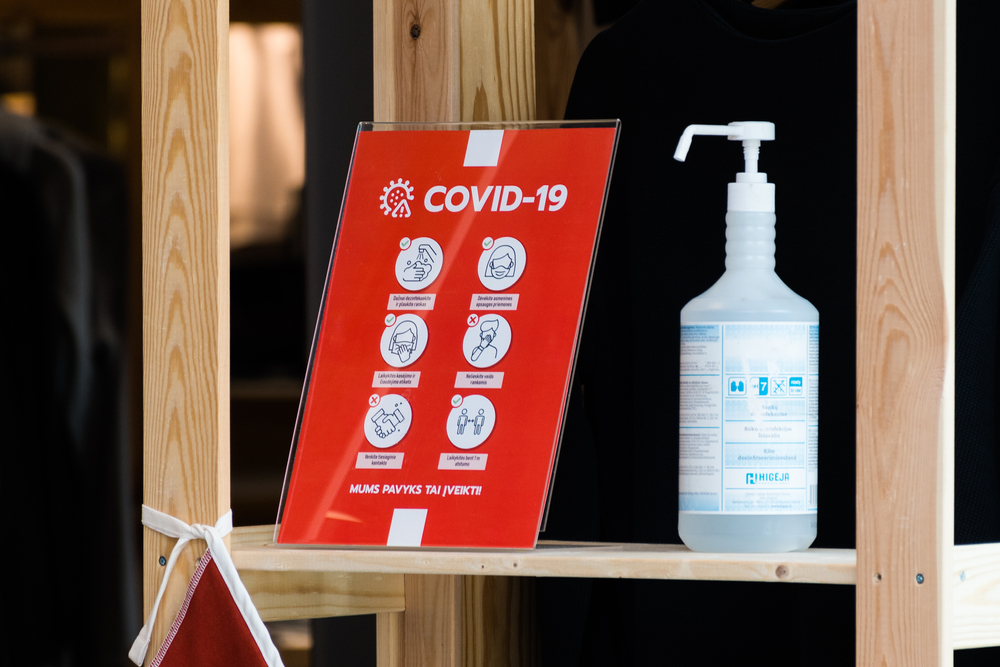On December 15, the California Occupational Safety and Health Standards Board adopted nonemergency COVID-19 prevention regulations. The state’s COVID-19 Prevention Emergency Temporary Standards (ETSs) remain in effect while the Office of Administrative Law (OAL) reviews the nonemergency regulations.
The OAL has 30 days to conduct its review, but once approved, the nonemergency rules remain in effect for 2 years.
According to the state Department of Industrial Relations, significant provisions of the nonemergency rules include:
- Employers must provide and maintain a safe and healthy workplace for employees. Employer obligations include taking measures to prevent COVID-19 exposure.
- Employers must maintain an effective written injury and illness prevention program (IIPP) that addresses COVID-19 as a workplace hazard and includes employee training, measures to prevent workplace transmission, and methods for responding to COVID-19 cases at the workplace.
- However, employers may address COVID-19 workplace measures either within their written IIPP or in a separate document.
- Employers must make COVID-19 testing available to employees at no cost and during paid time following a close contact, except for returned cases.
- In all indoor workspaces, regardless of size, employers must review applicable California Department of Public Health (CDPH) COVID-19 guidance and implement effective measures to prevent transmission through improved filtration and/or ventilation.
- “Close contact” is defined by the size of the workplace:
- For indoor spaces of 400,000 or less cubic feet per floor, a close contact is defined as sharing the same indoor airspace as a COVID-19 case for a cumulative total of 15 minutes or more over a 24-hour period during the COVID-19 case’s infectious period (as defined in the regulations), regardless of the use of face coverings.
- For indoor spaces of greater than 400,000 cubic feet per floor, a close contact is defined as being within 6 feet of the COVID-19 case for a cumulative total of 15 minutes or more over a 24-hour period during the COVID-19 case’s infectious period, regardless of the use of face coverings.
- Offices, suites, rooms, waiting areas, break or eating areas, bathrooms, or other spaces that are separated by floor-to-ceiling walls shall be considered distinct indoor spaces.
- The nonemergency regulations use the definition of “infectious period” found in the most recent CDPH State Public Health Officer Order.
The infectious period currently is defined as “2 days before an infected, symptomatic person had any symptoms through day 10 after symptoms first appeared … and 24 hours have passed with no fever, without the use of fever-reducing medications, and symptoms have improved” or “2 days before the positive specimen collection date” for asymptomatic infected persons “through day 10 after … specimen collection for their first positive COVID-19 test.”
The rules’ definitions of “close contact” and “infectious period” will be superseded by any subsequent public health orders from the CDPH.
There currently is no federal COVID-19 or airborne transmissible disease standard. The U.S. Occupational Safety and Health Administration’s (OSHA) vaccine-or-test ETS was permanently stayed on January 13 by the U.S. Supreme Court. Text of a federal “Occupational Exposure to COVID-19 in Healthcare Settings” standard is undergoing regulatory review at the White House Office of Information and Regulatory Affairs (OIRA).

